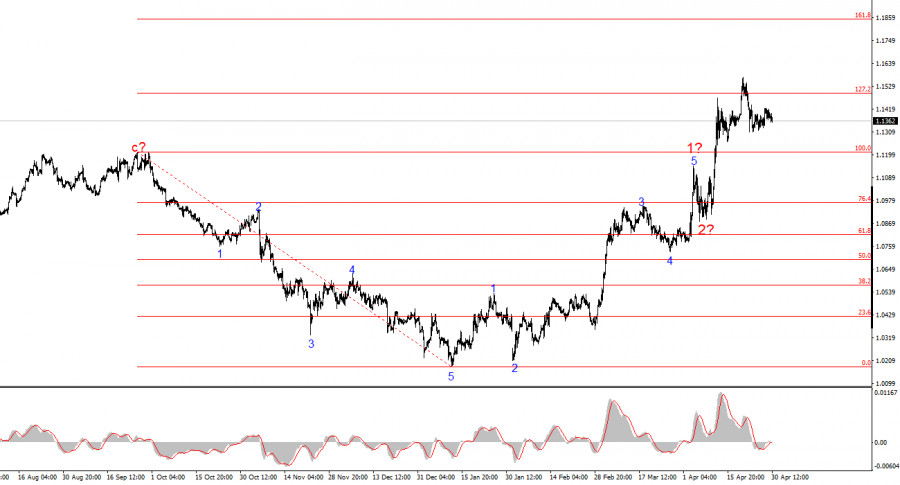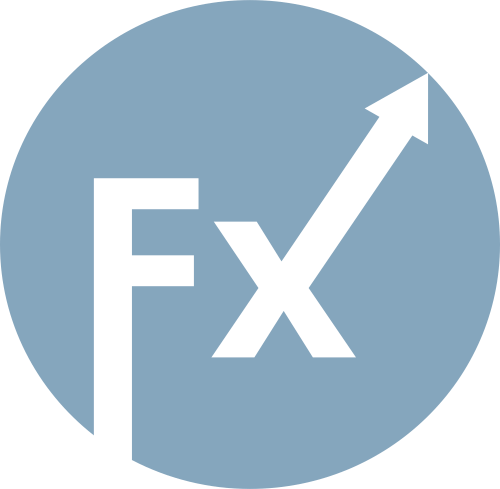Agentura Fitch Ratings v úterý uvedla, že nejvyšší úvěrový rating Německa na stupni AAA by mohl být v dlouhodobém horizontu ohrožen, pokud rozsáhlé výdajové úsilí nebude kompenzováno konsolidačními opatřeními nebo nepovede k trvalému zlepšení růstu.
Německý parlament v úterý schválil masivní navýšení půjček na podporu investic do infrastruktury a zmírnění ústavně zakotvených pravidel pro půjčky, aby bylo možné zvýšit výdaje na bezpečnost.
„Rozsah širších hospodářských reforem v koaličním plánu a budoucí podoba pravidla domácí dluhové brzdy, které koalice plánuje plněji reformovat do konce roku 2025, budou ukazateli relativního významu, který bude přikládán silným fiskálním ukazatelům,“ uvedla agentura.
Ratingová agentura uvedla, že v příštím desetiletí očekává od Německa dodatečné výdaje ve výši 900 miliard až 1 bilionu eur (980,91 až 1,09 bilionu USD), což představuje něco přes 20 % produkce.
Agentura Fitch odhaduje, že fiskální deficit Německa by se mohl do roku 2027 zvýšit z loňských 2,6 % na 4-4,5 % produktu, což by vedlo k tomu, že by se dluh země přiblížil 70 % produktu, což je nejvyšší hodnota mezi zeměmi s ratingem AAA. To by bylo stále méně než maximální hodnota 80 %, kterou Německo dosáhlo v roce 2010.
Agentura Fitch uvedla, že tyto výdaje by mohly v letech 2025-2027 přidat k HDP přibližně 0,4 procentního bodu, ale očekává, že americká cla to v letošním roce vyrovnají a povedou k růstu o pouhých 0,1 %, což je méně, než agentura očekávala na konci února. V příštím roce předpokládá růst o 1,1 %.
„Dodatečné výdaje podpoří růst a zvýší konkurenceschopnost, ale je nepravděpodobné, že by samy o sobě výrazně zlepšily dlouhodobější růstové vyhlídky Německa,“ uvedla agentura Fitch a dodala, že to bude vyžadovat strukturální reformy a přeorientování na konkurenceschopnější odvětví.
The wave pattern for the GBP/USD pair has also transformed into a bullish, impulsive structure — "thanks" to Donald Trump. The wave structure is nearly identical to that of EUR/USD. Until February 28, we had observed the development of a convincing corrective structure that raised no concerns. However, demand for the U.S. dollar then began to fall rapidly. This ultimately led to the formation of a five-wave bullish structure. Wave 2 formed as a single wave and has now completed. Therefore, we should expect strong gains in the pound as part of wave 3 — which we've already been observing for the past three weeks.
Taking into account the fact that the news background from the UK has had no influence on the pound's sharp rise, we can conclude that currency movements are dictated solely by Donald Trump. If (theoretically) Trump's own trade policy course changes, then the trend could shift as well — this time to a downward one. That's why in the coming months (or even years), close attention should be paid to all actions from the White House.
The GBP/USD pair declined by 50 basis points on Tuesday, which is fairly significant given the lack of any news from either the UK or the U.S. at the time. The general rise of the dollar may seem laughable, but at least it's something — and the U.S. currency has little to choose from at the moment. This week, Trump slightly reduced tariffs on foreign car imports, but we're talking about "pennies" that won't change anything. If the tariff was 25%, it is now 21%. The difference, as they say, is negligible. Demand for the U.S. dollar rose exactly in proportion to the discount Trump gave to American consumers and companies. In other words, over the coming weeks and months, the dollar may continue to fall — as Trump keeps working tirelessly toward that outcome — and the wave pattern is now bullish, not bearish as it was a few months ago.
What could possibly help the U.S. dollar recover even to the 1.31 level is hard to say. The Q1 GDP report was significantly worse than that of Q4 last year. The U.S. economy isn't just slowing — it's doing so rapidly, which surprised no one. A recession is widely expected by market participants; the only unknown is how the Federal Reserve will respond. There is a scenario in which the Fed resumes rate cuts if the economy slows too severely and the labor market begins to "cool." In my view, even Q1 data already signals that the slowdown is very sharp. On Friday, we'll learn the state of the labor market. If the Fed decides to resume easing, demand for the U.S. dollar may decline again — which aligns perfectly with the current wave structure.

The wave pattern for the GBP/USD instrument has transformed. We are now dealing with a bullish, impulsive trend segment. Unfortunately, with Donald Trump in office, the markets could face many more shocks and reversals that don't align with wave structures or any kind of technical analysis. The supposed wave 2 is complete, as prices have moved above the peak of wave 1. Therefore, we should expect the formation of upward wave 3, with near-term targets at 1.3541 and 1.3714. It would certainly be helpful to see a corrective wave 2 within wave 3, but for that to happen, the dollar would have to rise and someone would need to buy it.
On the higher wave scale, the wave structure has also changed. We can now assume the development of an upward trend segment. The nearest targets are 1.2782 and 1.2650.
Core principles of my analysis:

RYCHLÉ ODKAZY